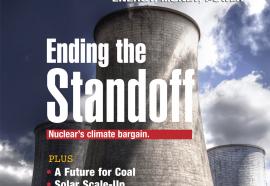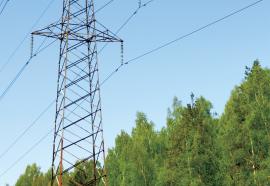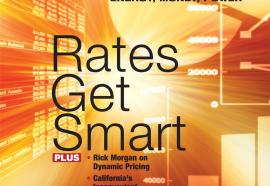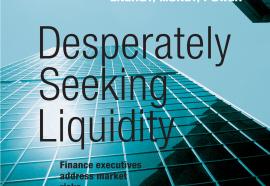Midwest ISO
Beyond Intermittency
Forecasting brings wind energy under control.
Advancements in forecasting have improved the reliability of day-ahead and hour-ahead estimates of wind generation. Wind never will behave like a base-load power plant. But as system operators integrate wind forecasts into their planning and market processes, they’re transforming intermittent wind energy into a variable but reliable resource.
Rethinking Prices
The changing architecture of demand response in America.
Pilot projects are demonstrating the potential of smart metering and smart rates to make the most of supply and demand resources. But as empirical studies show, not all pricing designs are equally suited to every region.
Negawatt Pricing
Economists take sides in the battle for DR’s soul.
Back when the U.S. economy and power consumption still were bubbling, PJM reported in August 2006 that customer curtailments during a week-long August heat wave had generated more than $650 million in market-wide energy savings—all at a mere $5 million cost, as measured in direct payments made to the demand response (DR) providers, set according to wholesale power prices prevailing at the time. Where else but the lottery can you get an instant payoff of 130-1?
Carbon In Electricity Markets
Price transparency will drive GHG reductions.
In light of coming GHG legislation, price transparency is the key to achieving cleaner generation through the dispatch of lower-carbon sources.
The Wind Watcher
The search for the ultimate wind forecasting model got a boost at the end of 2008 when DOE’s Argonne National Laboratory began collaborating with a Portuguese research institute, INESC Porto, to develop a new platform for making such predictions.
Seeing Green
Renewables attract utility investment dollars.
New federal policies have opened the gates to utility investments in renewable generating plants. Some states, however, still make it difficult for utilities to put such assets into the rate base. Executives at Duke, OG&E, PG&E and Xcel Energy discuss challenges and opportunities affecting their renewable investment strategies.
Paying for the Green Grid
Subsidies might not be the best solution for interconnecting renewables.
Supporters of renewable energy are seeking to socialize the cost of a new interstate highway system for transporting green power. But utilities and transmission owners will build or finance new transmission systems to serve economic demands. Policy makers shouldn’t pre-ordain the direction of industry progress.
Titans of Transmission
ITC and AEP jockey for the lead in building the grid of tomorrow.
People (February 2009)
Portland General Electric (PGE) announced Maria M. Pope as senior v.p. of finance, CFO and treasurer. Hawaiian Electric Co. named Richard M. Rosenblum president and CEO. UniSource Energy named Paul J. Bonavia as its chairman, president and CEO. Midwest ISO announced John H. Bear, currently president and COO, will succeed T. Graham Edwards as CEO. And others...










